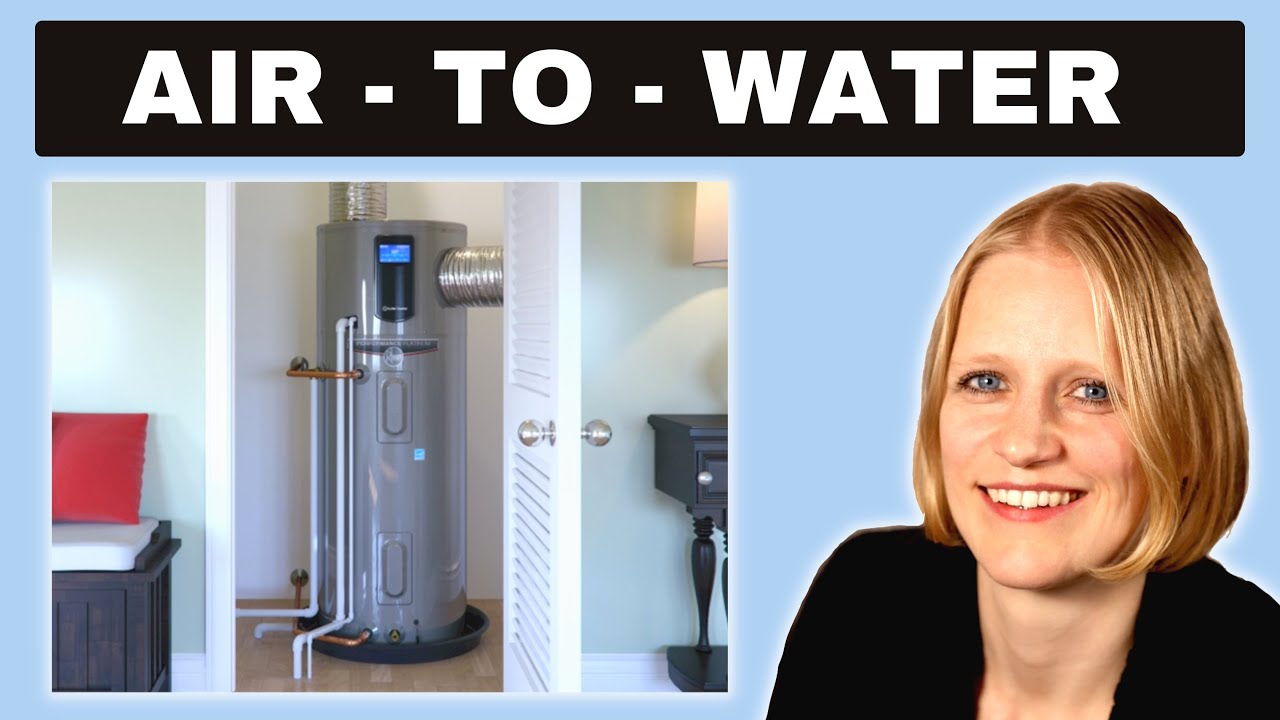Introduction
Air to water heat pumps have become very popular since the Russian invasion and are hardly available anymore. Mostly due to the continued chip shortages in the world due to the corona pandemic. Furthermore, these heat pumps are mandatory in The Netherlands from 2025 onwards when someone needs to install a new central heating system in their homes. So the demand in nl and other countries won’t go down anytime soon.
Goal of this thread
In this thread I would like to discuss these air to water heat pump systems based on new developments or personal experiences. There are also heat pumps that store the heat deep underground. Feel free to discuss these solutions as well. But they tend to be a lot more expensive and even harder to come by.
How does it work?
Prerequisites for your home
Just installing a heat pump might not be for your home. There are some requirements. This is mainly because a heat pump cannot generate the intense heat of a natural gas powered central heating system. Which means the following:
- You need proper wall, window and floor isolation.
- A heat pump requires a fair amount of energy - therefore it would be best to combine it with solar panels.
- Since a heat pump cannot generate the same peak heat as a natural gas central heating system it’s recommended to have floor heating. This method requires more time to buildup heat in your home. But once it’s warm it starts to become more energy efficient. It’s best to keep the heater on and not regulate the temperature due to the slow buildup that requires more energy.
- The floor heating can be installed in 2 ways; 1) by removing the top layer of the floor and apply fine quality pipes for heat distribution and underneath that a sheet of isolation so that the heat goes upwards. This is the best type of floor heating. Then there is 2) by milling the pattern for the pipes into the floor. This is much cheaper. But as a downside it doesn’t have the isolation, so heat distribution is less efficient. Also, there is no spacing between the floor and the walls. When the floor heats up, it expands. Using the milling technique may result in cracks in your floor, especially when using tiles. Tiles are best because they distribute the heat most effective. An alternative is using laminate or alike, but acts as an extra layer of isolation, which makes it less efficient. The upside of using the milling is that the pipes are often closer to the surface of the floor. So that it heats up quicker. Overall it may be more efficient to use the first method over milling. But cost may make the second method more attractive.
- There are special radiators for heat pump installations, but they are less efficient. They may be suitable for small rooms like bedrooms.
- Use a floor heating pump with a timer, this saves a lot of energy. These pumps only continuously work if heat is detected, otherwise they will only run every 24 hours or so to keep the pipes in your floor clean.
Extra benefits
- Some heat pumps also have a cooling feature where they can pump cool water into your floors. This helps during summer to keep your house cool. Also consider rolling blinds on the outside of your house, keeping the heat outside is much more efficient than using air conditioning.
